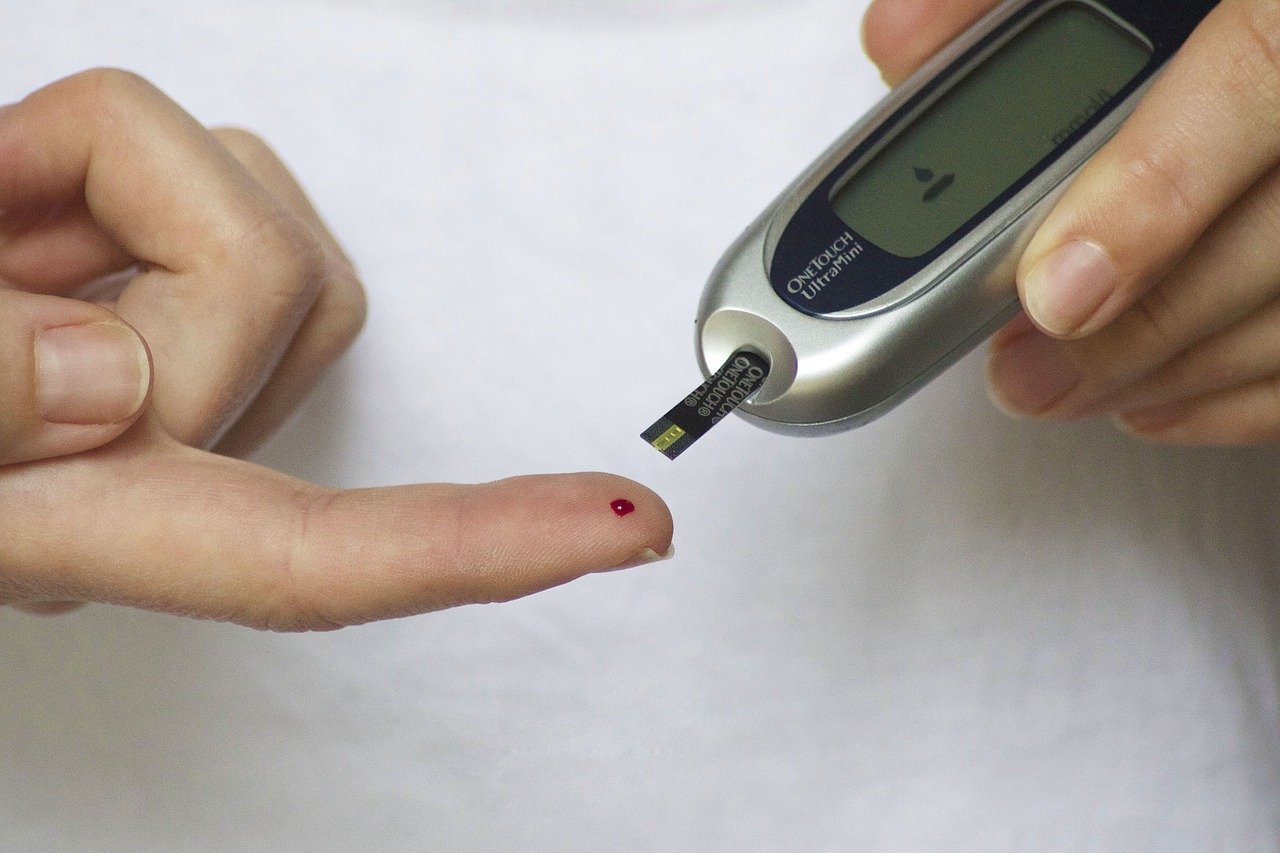Diabetes is a medical condition where one’s body fails to manage glucose or sugar levels and eventually leading to organ failure. When not detected early and proper measures of managing the condition taken, it can be very fatal. Diabetes is the seventh leading cause of deaths in the United States alone according to a research made.
Diabetes knows no age. The cases of diabetes in children is quite alarming. The National Diabetes Statistics report 2020 says that about 210, 000 children in the United States alone are diagnosed with diabetes; a prevalence of 1.48 cases per 1000 youth to 2.15 cases per 1000 youths in as span of over 16 years. This is quite disturbing.
The rise is highly being associated with lifestyle choices and genetic factors. However, diabetes is not a death sentence, with proper management, your child can lead a normal healthy life.
Monitor them at intervals
Monitoring your child’s glucose levels ensures that you keep them out of harm’s way and the doctor is able to monitor ketone and glucose data easily from your daily logging. This will help you understand whether an energy boost is necessary or if they are responding to medication.
At what intervals are you supposed to check your child’s glucose levels?
As frequently as possible is better. However, measuring your kids’ glucose levels should be done:
– Before and after every meal
This should be intensified and normalized during the initial periods after diagnosis. This is meant to help you understand what impact each meal has on the child’s glucose level and may assist you know what to keep and what to discard from their diet.
– Before bedtime
This should never be a miss. Sleep time is the longest your child will go without snacking and may experience very low energy levels, which is very dangerous. Knowing this might help you determine whether a healthy snack is necessary to ensure your child has sufficient glucose levels to take them through the night. Consistency in monitoring will result in accuracy and predictability which smoothens the treatment programs.
A midnight check is also necessary if the child is ill or appears to be ill, has been recently discharged and is experiencing severe symptoms of diabetes as dictated by the International Diabetes Federation here idf.org. Check on them at intervals of two to three hours during the night.
– Before and after any intense physical activity
Energy and intense activity such as exercise goes hand in hand. Take note of their sugar levels before so that you know if they need an energy boost, before and after
– Change in medication or treatment plans.
A shift in medication such as a change in the long-acting insulin dosage, or medication time may interfere with the systems normal functioning therefore a close watch essential.
Employ Devices
There are a number of devices for this purpose all you need to do is choose one that is most convenient for you. You can use a glucometer that may require manual testing unlike a Continuous Glucose Monitor, or Keto-Mojo that is designed in such a way that it automatically reads sugar levels and easily connects to your gadgets for easier accessibility. The latter is most convenient and accurate while costly at the same time.
Engage your child
You can also make it your initiative to involve your child in the daily as this will make them own their treatment process. You can do this by:
- Allowing them initiate the monitoring process.
- Reinforcement by giving incentives such as more play time, screen-time, or a bedtime story by trying out some intriguing bedtime stories.
- Teaching them how to use the monitoring kits so that they are self-sufficient and know how to self-test.
- Unaccompanied visits to the endocrinologist -for children who are old enough.
Consistency on the part of the parent, coupled with an involved child will result to success in managing diabetes and leading them to a normal healthy childhood.








![Home Renovation Guide [2025]](/app/uploads/2021/04/design-hacks-1-378x300.jpg)


